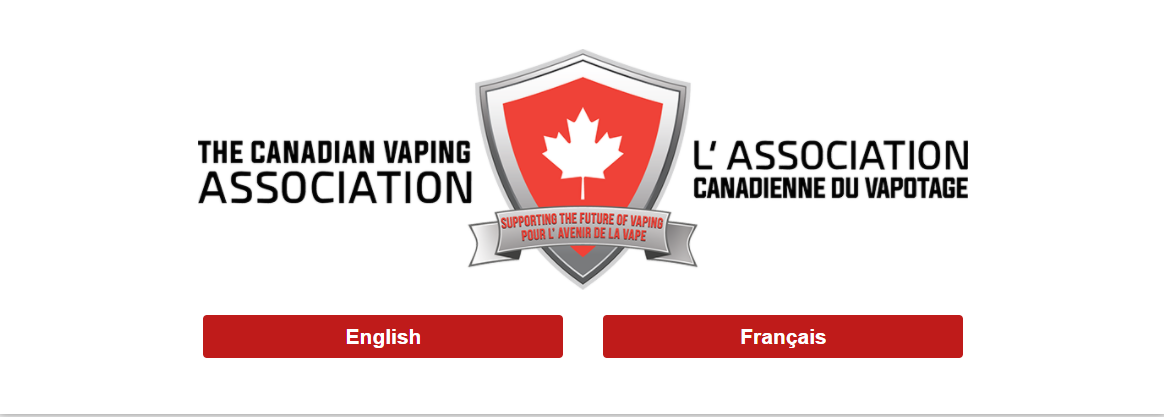In line with data from other Canadian provinces indicating that certain restrictions just led to increased smoking rates, the Canadian Vaping Association (CVA) is warning that the policy changes recommended by the QCTC would have the same dire effect.
“The QCTC has recommended the following regulatory changes:
- Prohibit flavors (except tobacco) in vaping products (however, flavors may be permitted in certified versions and sold as cessation aids in pharmacies)
- Limit the nicotine content to 20mg/mL of nicotine
- Reduce financial access to these products among young people by introducing a tax on vaping liquids
- Establish a system of tariffed permits for sale, distribution and import
- Ban new tobacco outlets and vaping shops within 250 meters of a school
- Frame the appearance of devices and fluids to make them less attractive to young people
- Add warnings about health risks”
Some of the suggested restrictions would have unintended consequences
The organization referred to data from Ontario and British Columbia, indicating that aside from high nicotine concentrations, one of the main drivers of teen vaping are unrestricted access to the products. On the other hand, adult smokers seeking to quit tend to initially benefit from consuming high nicotine products in order to prevent relapsing. In fact post TPD data from the EU had indicated that after the 20ml nicotine cap was set in place, less smokers were managing to quit via vaping.
“Effective policy does not prohibit these products altogether, but instead restricts their sale to age-restricted specialty stores. Which, by the QC gov’t’s own admission, meet a high standard of conformity in carding and denying access to minors,” said the CVA.
The CVA agrees with banning outlets openings close to schools
The CVSA does agree with a number of the other recommended policies. “Moreover, the CVA agrees with banning new outlets from opening within 250 meters of a school. This is an appropriate measure to prevent straw buying by older students. Additionally, we agree with the recommendations for warnings, health risks, and unappealing packaging, however these policy recommendations have previously been addressed by the federal Tobacco and Vaping Products Control Act (TVPA).”
“The TVPA has mandated that vapour products sold within Canada must contain specific health warnings and addiction statements and prohibits packaging that may be appealing to young persons. Any such warnings must be calibrated to make a distinction between the relative harms of tobacco and vaping, as stipulated in the May 2019 Quebec Superior court ruling issued by Judge Dumais. In effect, all regulated e-liquid currently available within the Canadian market is unappealing to youth.”
On the other hand pointed out the organization, it is imperative that the current available data on the aftermath of flavour bans is considered carefully. “While the CVA generally agrees the above recommendations will contribute to effective youth protection policy, it is imperative that the Government of Quebec acknowledge the ample data on flavour bans. Time and again, it has been concluded that flavours being a driver for youth use is a fallacy. The data continues to show that flavours are imperative to adult adoption and continued cessation success, while flavour bans have shown to result in an immediate increase in smoking rates and traditional tobacco consumption.”
Flavours are not the main driver of teen vaping
In line with findings by multiple studies, the CVA explained that flavours are not the main driver of teen vaping. ”The idea that flavoured vaping products contribute to youth vaping is a common misconception that has been discredited by the Centers of Disease Control and Prevention (CDC). According to the CDC report ‘Tobacco Product Use and Associated Factors Among Middle and Highschool Students,’ 77.7 percent of young people indicated that they vape for reasons other than ‘because e-cigarettes are available in flavours, such as mint, candy, fruit or chocolate.’ The most common reason for use among youth was, ‘I was curious about them.’”
Read Further: CVA








